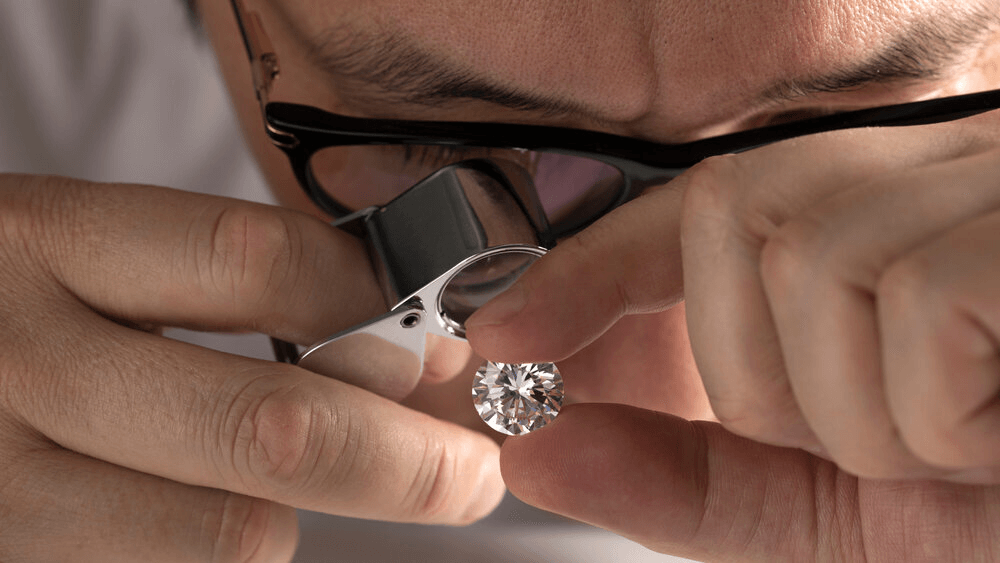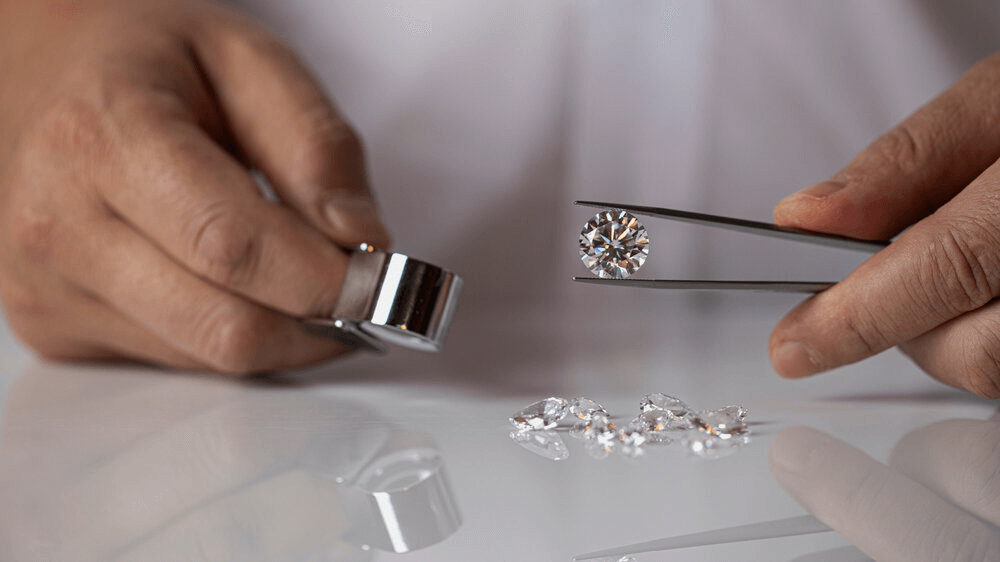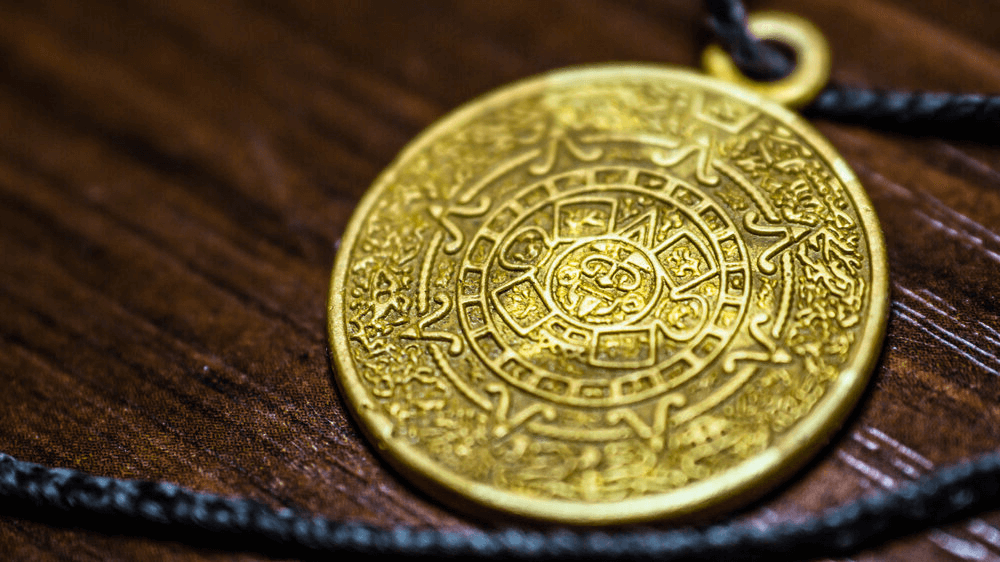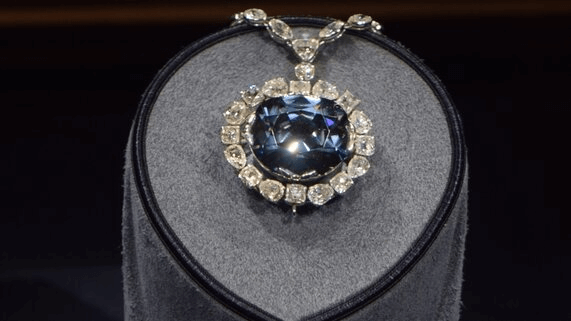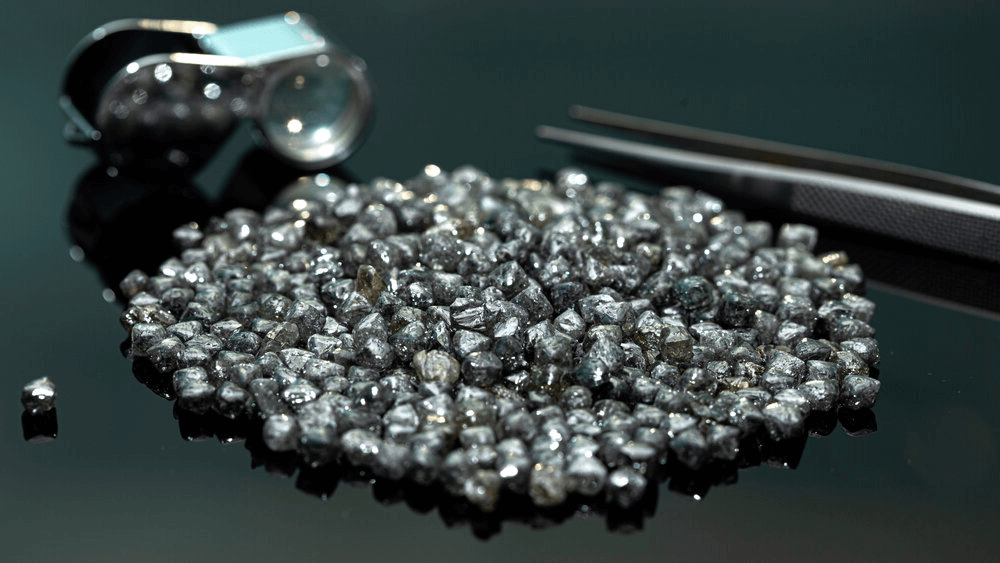Diamond Industry Insights: Navigate to the Perfect Engagement Ring

By Gary A.

Edited by Olivia H.
Published Aug 29, 2024
Edited on Dec 18, 2024
Getting to know the diamond industry is an ongoing process, even for those of us who have worked in it for years. Here’s what you need to know.

Navigate this guide:
- 7 Quick Tips for Buying a Diamond Engagement Ring: Navigating the Diamond Industry
- The Diamond Industry in 2024: A Sparkling Revolution
- Market Trends and Price Movements in 2023-2024
- Future Projections for the Diamond Industry
- Our Expert Take
- 10 Frequently Asked Questions About the Diamond Industry
Before we explore the details of buying a diamond engagement ring in today’s diamond industry, here are some practical tips to guide your decision-making process.
7 Quick Tips for Buying a Diamond Engagement Ring: Navigating the Diamond Industry
When buying a diamond engagement ring, it’s crucial to consider the dynamics of the diamond industry to ensure you get the best deal. Here are some practical tips to help you make an informed purchase.
- Tip 1. Understand the Impact of Lab-Grown Diamonds
- Lab-grown diamonds have significantly impacted the diamond market, leading to fluctuations in prices. When choosing between natural and lab-grown diamonds, be aware that lab-grown diamonds are often much more affordable. However, their resale value is typically lower than natural diamonds, and they may not appreciate over time.
- Tip 2. Pay Attention to Market Trends and Timing
- Diamond prices can fluctuate based on market conditions, including changes in supply and demand. For instance, periods of economic downturn or increased production of lab-grown diamonds can drive prices down. Research current market trends before purchasing to ensure you buy at the most favorable time.
- Tip 3. Consider the Ethical Implications
- The diamond industry has been scrutinized for ethical issues, particularly regarding conflict diamonds. When buying a diamond, look for certifications like the Kimberley Process to ensure your diamond is ethically sourced. Additionally, lab-grown diamonds are an ethical alternative as they do not involve mining.
- Tip 4. Leverage Price Comparisons
- With the rise of online diamond marketplaces, you can easily compare prices from different sellers. Use tools and platforms to compare diamond prices and ensure you are paying a fair market price. Be cautious of overly discounted prices, as they may indicate lower quality or synthetic diamonds misrepresented as natural.
- Tip 5. Focus on the Diamond’s Long-Term Value
- Consider the long-term value of the diamond you purchase. While lab-grown diamonds are affordable, they may not hold their value like natural diamonds. If resale value or investment is important to you, opting for a high-quality natural diamond might be a better choice, despite the higher initial cost.
- Tip 6. Be Wary of Industry Marketing Tactics
- The diamond industry is known for its marketing, which often emphasizes the rarity and desirability of diamonds. Be aware that some of this is designed to drive up prices. Make your decision based on the actual value and quality of the diamond, rather than marketing hype.
- Tip 7. Verify the Diamond’s Certification
- Ensure that any diamond you consider purchasing is certified by a reputable gemological laboratory, such as GIA or AGS. This certification will provide an unbiased assessment of the diamond’s quality, helping you to compare and understand its true value within the current market.
Now that you’ve got these practical tips, use our Jeweler AI below to find the perfect engagement ring that suits your style and budget.
The Diamond Industry in 2024: A Sparkling Revolution
Gone are the days when the diamond market was as predictable as a perfectly planned proposal. As we venture into 2024, the industry is experiencing a seismic shift that’s got everyone from seasoned jewelers to first-time buyers sitting up and taking notice.
Remember when lab-grown diamonds were the new kids on the block, trying to fit in? Well, they’ve not only found their place at the table, even though natural diamonds still reign supreme.
But it’s not just about the origin of the stones anymore. Today’s customers are asking questions that would have seemed out of place a decade ago. “Is this diamond ethically sourced?” has become as common as “How many carats is it?”
Now, don’t get it twisted – natural diamonds aren’t going anywhere. They’re like that classic little black dress in your closet; timeless and always valuable. But the market? It’s evolving faster than you can say “brilliant cut.”
For anyone thinking about putting a ring on it (or just adding some sparkle to their investment portfolio), staying informed is key. It’s not just about picking the shiniest rock anymore.
Market Trends and Price Movements in 2023-2024
The only constant is change in the diamond world – and, of course, the popularity of these beautiful gemstones…
The Impact of Lab-Grown Diamonds on Natural Diamond Prices
Lab-grown diamonds have gained significant traction in recent years, and their impact on the market for natural diamonds is undeniable. As we move into 2024, the increased availability and lower price points of lab-grown diamonds are exerting downward pressure on the prices of natural diamonds, particularly those of lower quality. However, high-quality natural diamonds with excellent clarity, cut, and color continue to maintain their value, as they remain a symbol of enduring luxury and status.
While the gap between the cost of lab-grown and natural diamonds is narrowing, especially for mid-range stones, natural diamonds still command a premium due to their rarity and the story behind each stone. Buyers who prioritize long-term value and the unique history of their diamonds are likely to continue favoring natural diamonds, even as lab-grown options become more sophisticated and widely accepted.
De Beers and the Pricing Strategies in a Changing Market
Everybody stop what they’re doing for a second because one of the most influential players in the diamond industry, De Beers, has been adjusting its pricing strategies in response to the shifting market dynamics. The company has acknowledged the growing presence of lab-grown diamonds by launching its own line of lab-grown stones while still reinforcing the unmatched value of natural diamonds. This dual approach allows De Beers to cater to different market segments while protecting the prestige of natural diamonds.
From here on out, De Beers is expected to continue fine-tuning its pricing strategies, particularly for high-quality natural diamonds, which remain less affected by the influx of lab-grown stones. By focusing on the unique qualities of natural diamonds, such as their geological history and unparalleled brilliance, De Beers aims to sustain demand and uphold the premium status of these gems.
Future Projections for the Diamond Industry
The demand for lab-grown diamonds is definitely expected to grow, particularly among younger gens who prioritize sustainability and cost-effectiveness. However, natural diamonds are projected to maintain their status as the ultimate symbol of luxury and timelessness, especially among more traditional buyers and investors.
Natural diamonds are expected to hold or even increase in value as their rarity becomes more pronounced in contrast to the growing supply of lab-grown diamonds. This ongoing dynamic will likely lead to a bifurcated market, where high-quality natural diamonds continue to command a premium, while lab-grown diamonds dominate the lower to mid-range segments.
The Role of Consumer Preferences and Ethical Sourcing
As more buyers prioritize sustainability and ethical sourcing, the industry is responding with greater transparency and a focus on responsible practices. A lot of people are realising it’s not as ‘clean cut’ as lab grown diamonds being the ethical choice, and natural diamonds being the unethical choice. There’s a lot more nuance to the conversation, and, ultimately, every shopper will have to figure out where they lie on the spectrum.
As such, natural diamonds that come with a clear, ethical sourcing story will continue to be highly valued, particularly as shoppers seek out luxury items that align with their values. This focus on ethics and sustainability is not just a trend but a fundamental shift in how the diamond industry operates, ensuring that responsible sourcing becomes the norm rather than the exception.
Our Expert Take
The diamond industry is at a crossroads, with traditional values of rarity and natural beauty being challenged by new technologies and changing consumer preferences. There’s no single, one-size-fits-all option for shoppers. It’s about weighing up the pros and cons, the history vs. the cost, the appearance vs. the rarity, and finding that one stone out of all the others that symbolizes your love the best.
10 Frequently Asked Questions About the Diamond Industry
- Q: What is the diamond industry?
- A: The diamond industry encompasses all activities related to the mining, cutting, polishing, trading, and retail of diamonds. It includes both natural and lab-grown diamonds and covers a global market with significant players in countries like South Africa, Botswana, Russia, and India.
- Q: How has the diamond industry evolved over time?
- A: The diamond industry has evolved from being dominated by a few major companies like De Beers to a more fragmented and competitive market. The rise of lab-grown diamonds, ethical concerns, and technological advancements have also shaped the industry’s modern landscape.
- Q: What are lab-grown diamonds, and how do they impact the industry?
- A: Lab-grown diamonds are diamonds created in a controlled environment using technology like High Pressure High Temperature (HPHT) or Chemical Vapor Deposition (CVD). They have impacted the industry by offering a more affordable and ethically sourced alternative to natural diamonds, leading to changes in pricing and consumer preferences.
- Q: Is the diamond industry sustainable?
- A: Sustainability in the diamond industry is an ongoing challenge. While efforts like the Kimberley Process aim to reduce the trade in conflict diamonds, the environmental and social impacts of mining remain concerns. Lab-grown diamonds are often marketed as a more sustainable option, though their production also has environmental implications.
- Q: What is the Kimberley Process?
- A: The Kimberley Process is a certification scheme established to prevent the trade of conflict diamonds—diamonds that finance armed conflict. It requires member countries to certify that the diamonds they trade are conflict-free.
- Q: Why are diamonds so expensive?
- A: Diamonds are expensive due to their rarity, the costs involved in mining, cutting, and polishing, and the industry’s marketing efforts to position diamonds as symbols of luxury and love. The controlled supply by major companies historically also contributed to maintaining high prices.
- Q: What are the main ethical concerns in the diamond industry?
- A: Key ethical concerns include the environmental impact of mining, the potential for human rights abuses in mining regions (such as child labor and poor working conditions), and the trade of conflict diamonds. Transparency and traceability have become crucial in addressing these issues.
- Q: How do diamond certifications work?
- A: Diamond certifications, provided by gemological laboratories like GIA (Gemological Institute of America), assess and verify the quality of a diamond based on the 4Cs: Carat, Cut, Color, and Clarity. These certifications help consumers make informed decisions and ensure they are getting what they pay for.
- Q: What is the future outlook for the diamond industry?
- A: The future of the diamond industry includes growing consumer demand for lab-grown diamonds, increased focus on sustainability, and potential market shifts due to economic factors. The industry is likely to continue evolving with changes in consumer behavior and technological advancements.
- Q: How do I know if a diamond is ethically sourced?
- A: To ensure a diamond is ethically sourced, look for certifications like the Kimberley Process and inquire about the diamond’s origin. Some retailers also provide information on their supply chain and adhere to ethical sourcing practices.
Explore Jeweler AI’s personalized engagement ring recommendations, expertly tailored to navigate the evolving diamond industry.
FOLLOW-UP GUIDE SERIES

